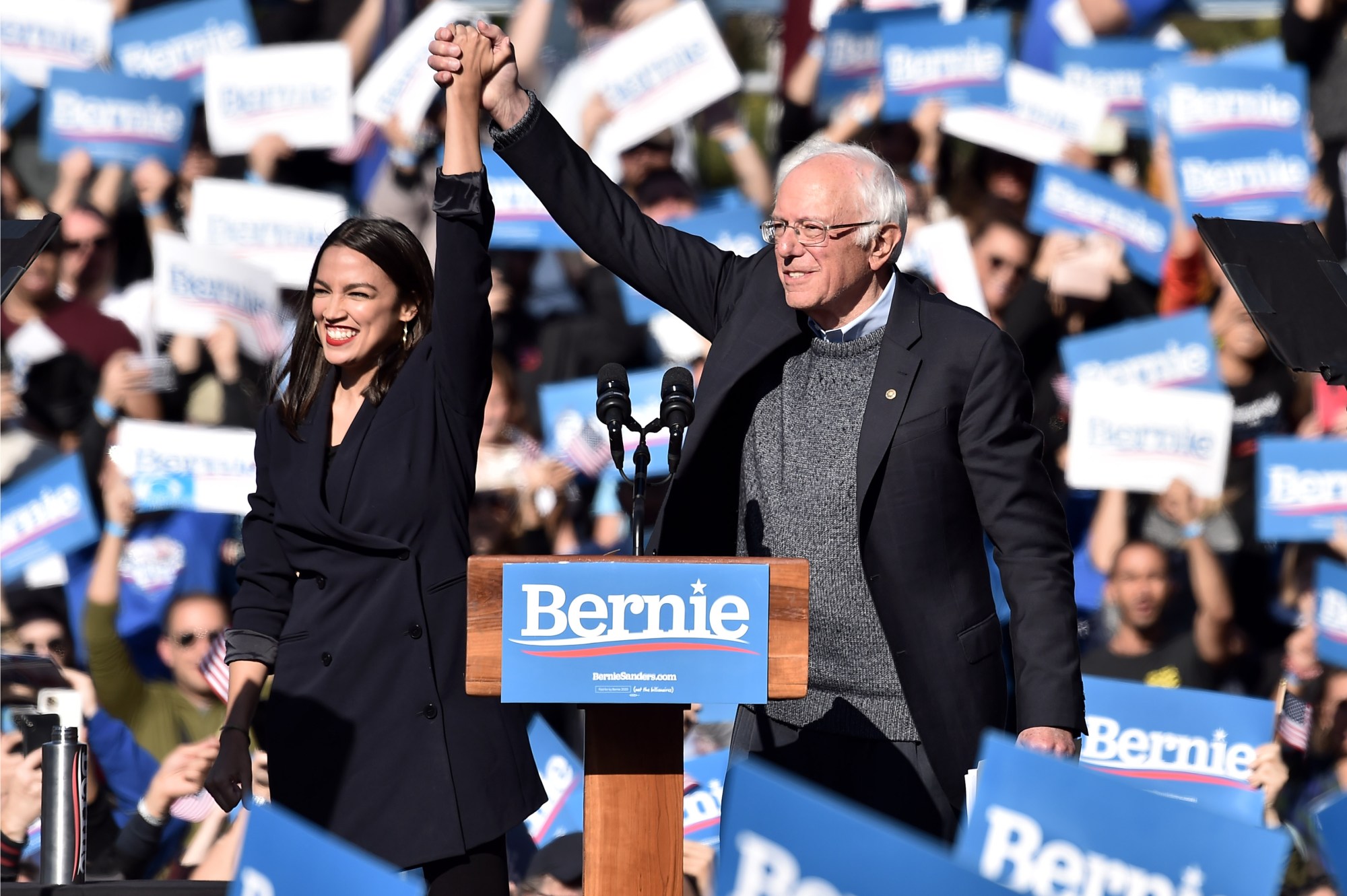When Alexandria Ocasio-Cortez was sworn into Congress in January, she wore bright red lipstick and gold hoop earrings. The internet erupted; news organizations posted pictures and articles about her unexpected look and writers on far-right forums ranted about how audacious it was. AOC and other female politicians like Ilhan Omar and Sonia Sotomayor were not only garnering attention for their political history-making, but their sartorial choices were also making headlines.
What politicians wear creates and sustains their identity to the public. Deciding between pants and a skirt or a neutral lip and a red lip can not only change the way the media covers a politician, but also the way voters feel about a candidate. As the United States approaches the 2020 presidential election amid fear and expectation, fashion can be an integral factor in how politicians strengthen their message.
“Of course the elections and fashion are intertwined, in the sense that Trump’s tariffs are very political and a full 70 percent of American shoes are made in China. But I am more interested in people and behavior, such as American’s reactions to hijabs, perceptions and notions around Representative Ilhan Omar and model Halima Aden for example,” said Syl Tang a New York City-based futurist and author of Disrobed: How Clothing Predicts Economic Cycles, Saves Lives, and Determines the Future.
Tang advises companies and organizations on trends that can guide the way people act, buy, and vote. She analyzes how clothing items like the hijab and burkini become tools in political discourse, in this case, the religious garments have been used to fuel anti-Muslim policies and distrust of those who wear them.
“Clothing is so important that people are using the burkini to draw a line in the sand, an imaginary border,” wrote Tang, about how how fashion is politicized.
As we head to the 2020 election, candidates are making a point with their sartorial choices whether they are aware of it or not. According to Tang, it won’t affect their individual chance for success, but instead offers an insight about the public’s perception. Two of the 2020 election candidates, Bernie Sanders and Donald Trump, say very different things with what they put on every morning. Sanders is only ever seen in oversized suits and proudly flaunts that he has never worn a tuxedo. Trump also dons ill-fitting suits, but accents them with a red tie.
Bernie’s unkempt and often disheveled suited looks speaks much more to his politics than his personal style. Sanders is a proud democratic socialist, someone who is dedicated to fixing income equality, so his appearance asserts that he is working hard for the people of the United States. He won’t invest in expensive clothing that could contradict his devotion to working class Americans. Tang says, “It isn’t like putting him in a Berluti suit is suddenly going to make him popular with conservative voters. They’ll just wonder if his luggage got lost.”
Donald Trump, on the other hand, sticks to simplistic, traditional looks that always include a really long red tie. Tang says, “I’m sure he thinks red is a power tie look! Even Melania hasn’t changed his tanning habits and no one is changing his tweeting habits, so you think someone is going to be able to change his shoes? ” And, perhaps this is a further sign to his base that he makes the rules, sets the tone, and asserts his authority. Choosing a red tie also aligns himself further with the Republicans and their party color making a visual association that some voters can latch onto.
“I think there is an interesting element where people are scared to wear red hats if they’re not Trump supporters so certain iconography has become indelible, but that goes back to our perceptions around imagery as with the hijab,” Tang adds.
Fashion creates and displays identity whether that is religious, cultural, or social and these sartorial choices can shape politics. The wardrobe of politicians including Sanders and Trump cement their beliefs and communicate to the American people what they stand for. In the 2020 election, the fashion of politicians cannot be ignored.
